

Dry, flaky, tight, reactive, or all of the above? Here, why your complexion feels that way when the weather gets cold, and what to do about it
Some people check the weather forecast, and some peek out the window, but we can tell winter is coming by how our skin behaves. Our faces feel tight, are prone to red, flaky patches, and look dull. Compounding all that, they’re suddenly sensitive to any skin care product we try to use, which means we typically ditch the high-powered ingredients and resign ourselves to mediocre complexions in the winter months.
What’s going on? “One of the roles our skin plays is to act as a barrier that keeps water inside the body,” says Dr. Marcie Ulmer, a cosmetic and medical dermatologist at Pacific Derm in Vancouver. “When it is dry and cold in winter and with the use of indoor heating, water evaporates from the surface of skin more quickly and more easily because it flows from areas of high concentration to low concentration.”
Dr. Ulmer says there are some simple ways to reduce skin dehydration, for example, choosing a fragrance-free, gentle creamy cleanser. She’s not a fan of long hot showers or baths with perfumed products and soaps as these can strip natural oils from skin. “If you decide to indulge and have a hot shower or bath, keep the bathroom door closed to keep it steamy for the next step: locking in the moisture right after a bath or shower is critical in keeping your skin hydrated,” says Dr. Ulmer. “I suggest gently patting the skin with your towel, leaving a little moisture behind, instead of rubbing off every last drop of water. Immediately after towelling, lather yourself with a rich emollient from head to toe.”
Those with problem skin—think eczema, acne or rosacea—can have a particularly tough time, especially in the transition between warm and colder weather. “We know that patients with rosacea often have very sensitive skin, and flares can be triggered by extremes of temperature,” explains Dr. Ulmer. “Patients with eczema often worsen in the winter as the cold, dry air further dehydrates their already dry skin.” Dr. Ulmer says that some of the techniques used to address dry-skin issues can potentially make other skin conditions, for example, dry skin on the face or torso treated with ointments that block the pores can lead to acne flares, or topical corticosteroids (for example, hydrocortisone) applied to eczema on the face if you have acne or rosacea can lead to a flare of pimples.
“When experiencing a flare, I tell my patients to bring it back to the basics (cleanser, moisturizer, sunscreen) and add back agents like retinoids or antioxidant serums once the skin has settled, one at a time,” Dr. Ulmer says. “Patients with conditions such as rosacea or eczema might not tolerate retinoids at all.” Dr. Ulmer says that you should wait for a flare to completely settle before reintroducing actives like retinoids, then start back slowly once or twice a night. “Some patients are very sensitive and I suggest short contact—apply for 30 minutes then wash off and moisturize at bedtime—for a few weeks, then working up to leaving it on for an hour, and so on,” she says. It is also worth visiting your dermatologist, who will be able to give personalized advice and if necessary, prescribe products that can help.
Regardless of skin type, ditching lighter lotion in favour of a richer cream is probably a good idea. Dr. Ulmer says there are some key ingredient types to look for. “Look for humectants such as hyaluronic acid and glycerin that attract moisture—think of them as sponges that pull in water and hold onto it. This makes the skin feel and look better by plumping it up,” she says. We know that applying hyaluronic acid on the skin helps from the outside in, and it’s also been used as a dermal filler to replace volume, lift and contour, but now its hydrating properties are being used in a different way. “Aesthetic specialist physicians can now use a long-lasting injectable form for enhancement of skin quality and hydration,” explains Dr. Ulmer. “By using micro-injections over large areas of skin, the goal is to improve the skin’s hydration and appearance by improving fine lines, luminosity and texture.”
As well as humectants, look for occlusive ingredients. “These are added to moisturizers to keep the moisture in your skin where you want it,” explains Dr. Ulmer. This way, the water is locked in, not lost. Ingredients that seal in moisture include petrolatum, mineral oil, shea butter and dimethicone.
There are also ingredients that can help repair the moisture barrier —the outer layer of dead cells that reduces water loss from skin. These include ceramides, fatty acids such as omega-3, and omega-6, and cholesterol. The jury is out on skin care products that change the skin’s surface bacteria mix (the microbiome) but Dr. Ulmer says it’s something to keep an eye on in the future.
BCLiving sifted through dozens of options to find the eight best winter moisturizers* to suit every wallet and preference…
1. Bioderma Hydrabio Cream, $29.99
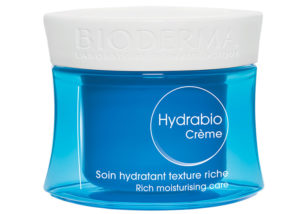
All the major boxes are ticked here: Humectant glycerin and sodium hyaluronate (a smaller molecule of hyaluronic acid that can penetrate more deeply), occlusive dimethicone, and lipids to repair and strenghen the moisture barrier. There’s also salicylic acid to improve skin texture, soothing cucumber and an apple-seed extract that helps circulate water within the skin.
2. Biossance Squalane + Omega Repair Cream, $75
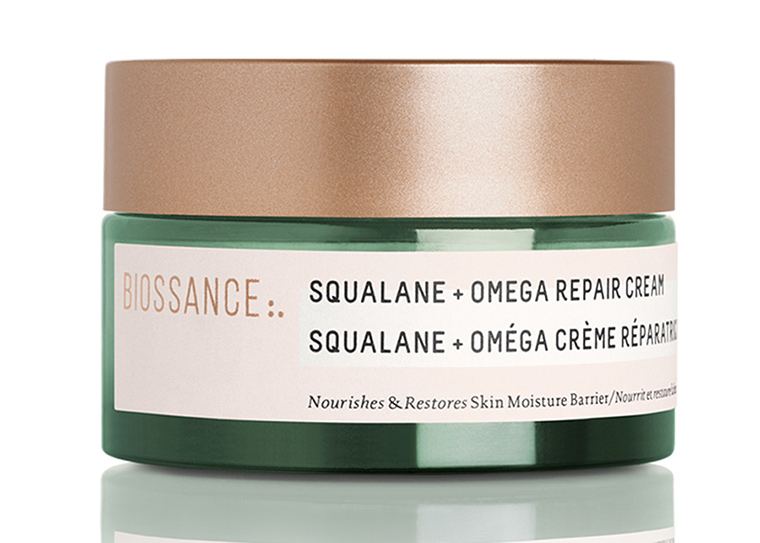
This Californian brand specializes in squalane, an emollient similar to squalene (a lipid that naturally occurs in skin). Here, it’s mixed with ceramides, fatty acids, hyaluronic acid and shea butter to create a mix that’s comforting, hydrating, non-greasy, and gentle enough even for skin in the midst of an eczema attack.
3. CeraVe Moisturizing Cream, from $7.99
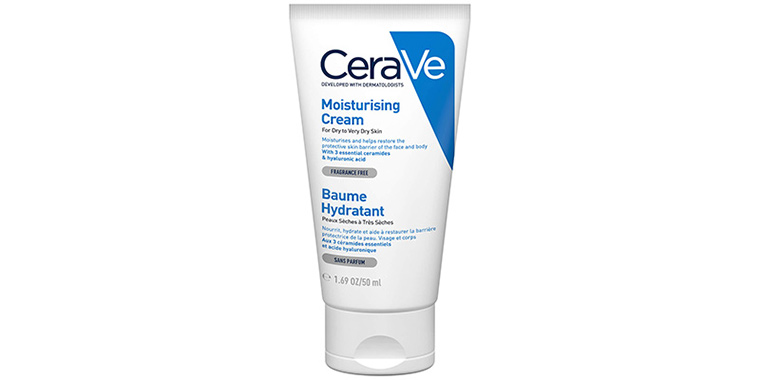
An absolute winter staple, this cream has three types of ceramides plus fatty acids and other lipids and comes in up to a 500g container. It’s a little greasy on skin, so allow it to soak in for a couple of minutes before applying sunscreen.
4. Consonant Ultra Moisturizing Organic Face Cream for Dry Skin, $36
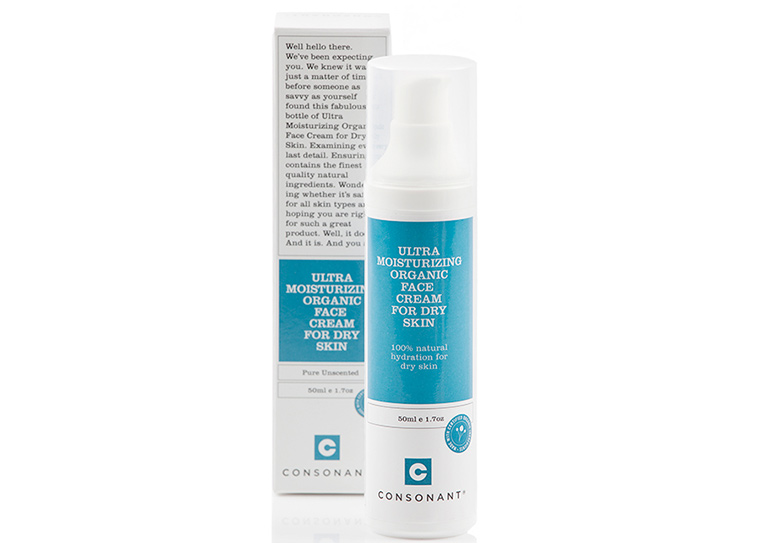
In this non-comodogenic cream, you’ll find a mix of botanical oils including olive and borage seed, plus antioxidant vitamin E and shea butter. Deeply hydrating, it’s non-greasy and quickly absorbed, so you can apply your next skincare immediately after.
5. Riversol Daily Moisturizer, $39

There are multiple different emollient ingredients in this cream, including shea butter and caprylic triglyceride, derived from coconut oil and glycerin. As in all Dr Jason Rivers’ products, there’s Beta-T, an extract of the Pacific red cedar, which is antioxidant, anti-pigmentation, anti-inflammatory and antibiotic.
6. Skinceuticals Triple Lipid Restore 2:4:2, $150
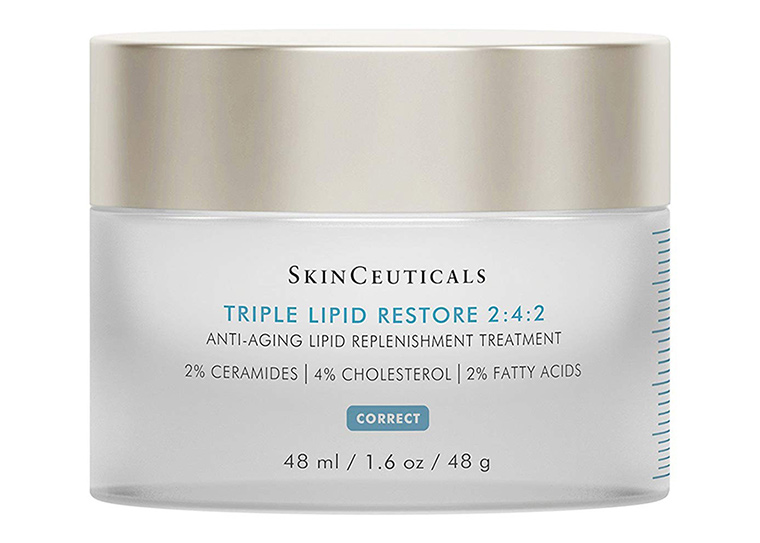
This treatment has a combination of fatty acids, cholesterol and ceramides designed to improve skin’s ability to hold onto water. Clinical studies showed improvements not only on dryness, but also signs of aging like sagging and dullness. The light, but rich cream is often recommended as an accompaniment to retinol serums, to mitigate their drying effects.
7. Skinfix Triple Lipid Peptide Cream, $50
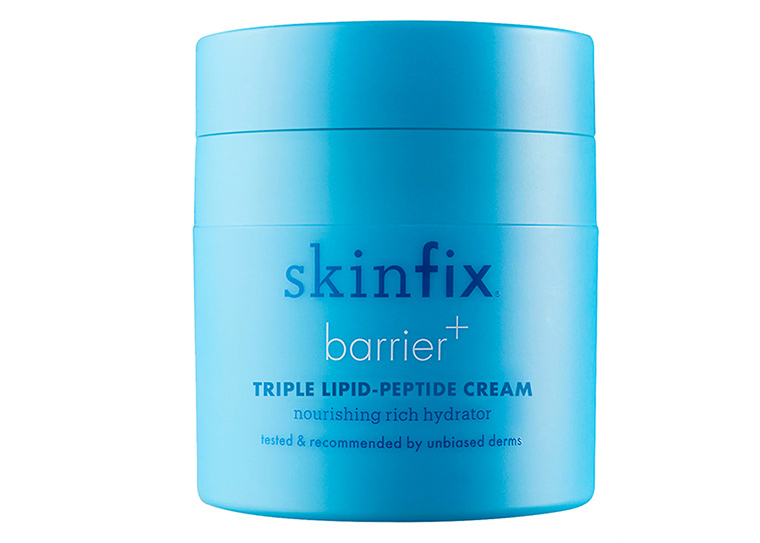
The clean, clinical brand behind this rich cream was founded in Halifax, Nova Scotia, where they really know about cold winters. Its lipid complex mimics exactly the structure of skin’s natural lipids so it’s able to effectively restore the skin barrier. Dermatologist-led clinical studies indicate that in 28 days, the cream can boost skin’s moisture and radiance. This year, the product took home the Allure Best of Beauty award in the category of Best Face Cream for Dry Skin.
8. Tata Harper Hyaluronic Gel Moisturizer, $147
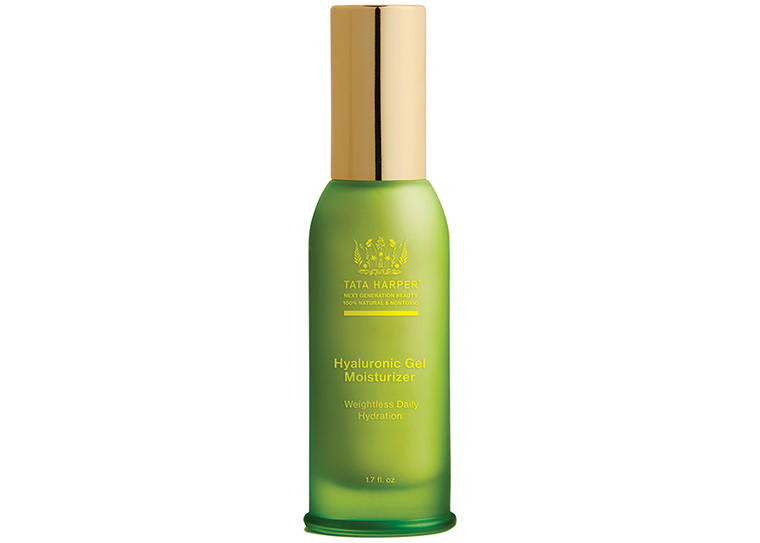
Those with oily skin still need effective hydration. This moisturizer is weightless, but deeply hydrating thanks to hyaluronic acid, tremella mushroom, known for its water-holding abilities, and skin-repairing marsh samphire.
*This list was devised by the writer, and Dr. Ulmer has not advised on which products should be included.

Aileen Lalor is a freelance writer and editor. Born in Ireland and raised in the UK, she knew from the moment she picked up a pencil that she wanted to tell stories. After dabbling in educational publishing and internal communications, she moved to Singapore, where she was associate editor of Female magazine, specializing in beauty. Now based in Vancouver, she continues to write for Singaporean magazines and websites and is also a contributor to The Vancouver Sun, Vita, Nuvo and Thebeholdr.com.